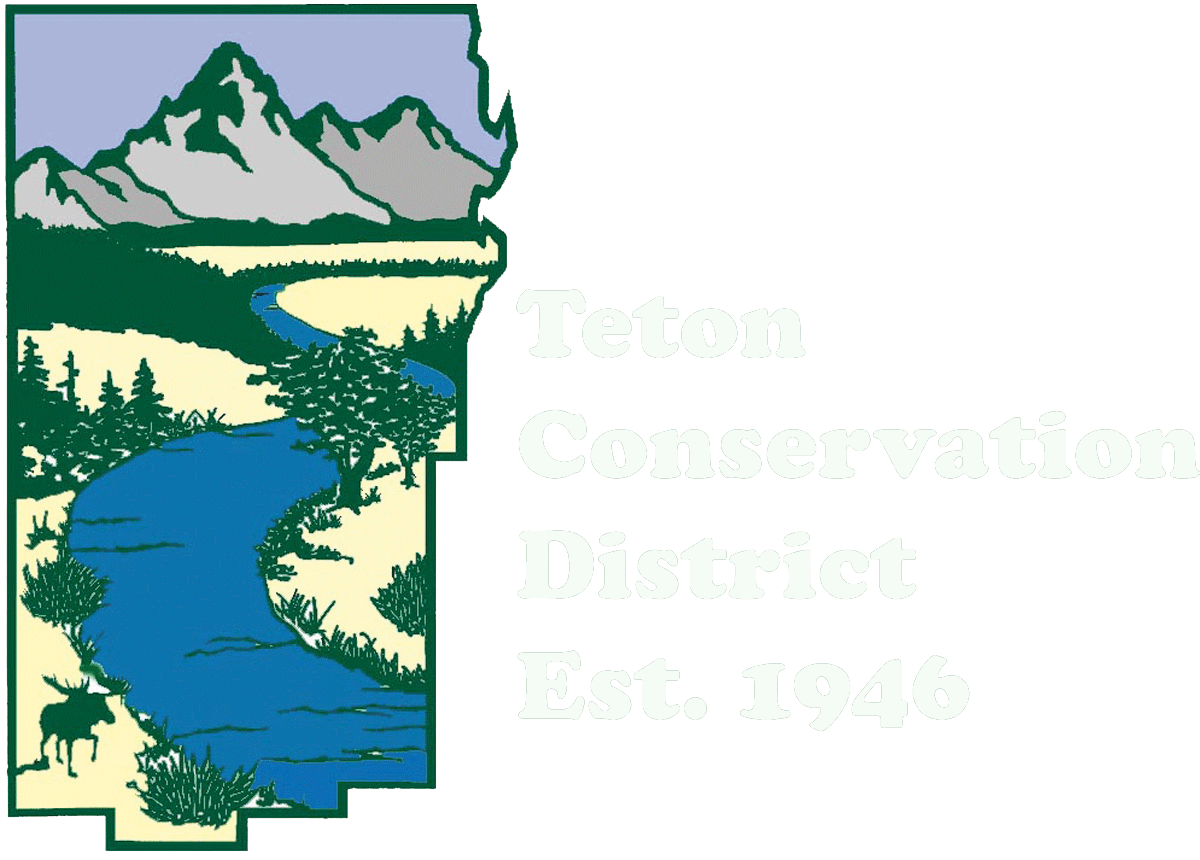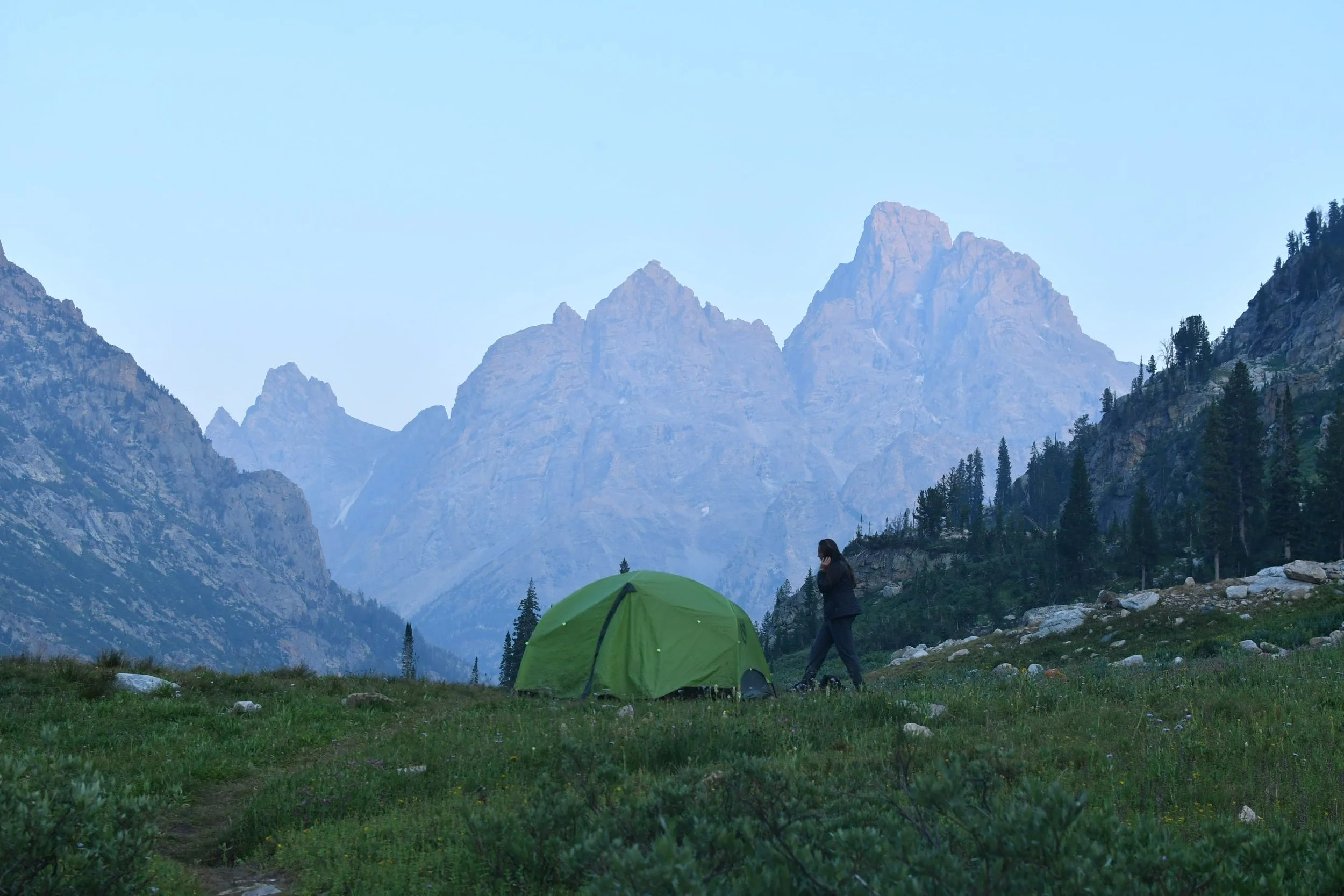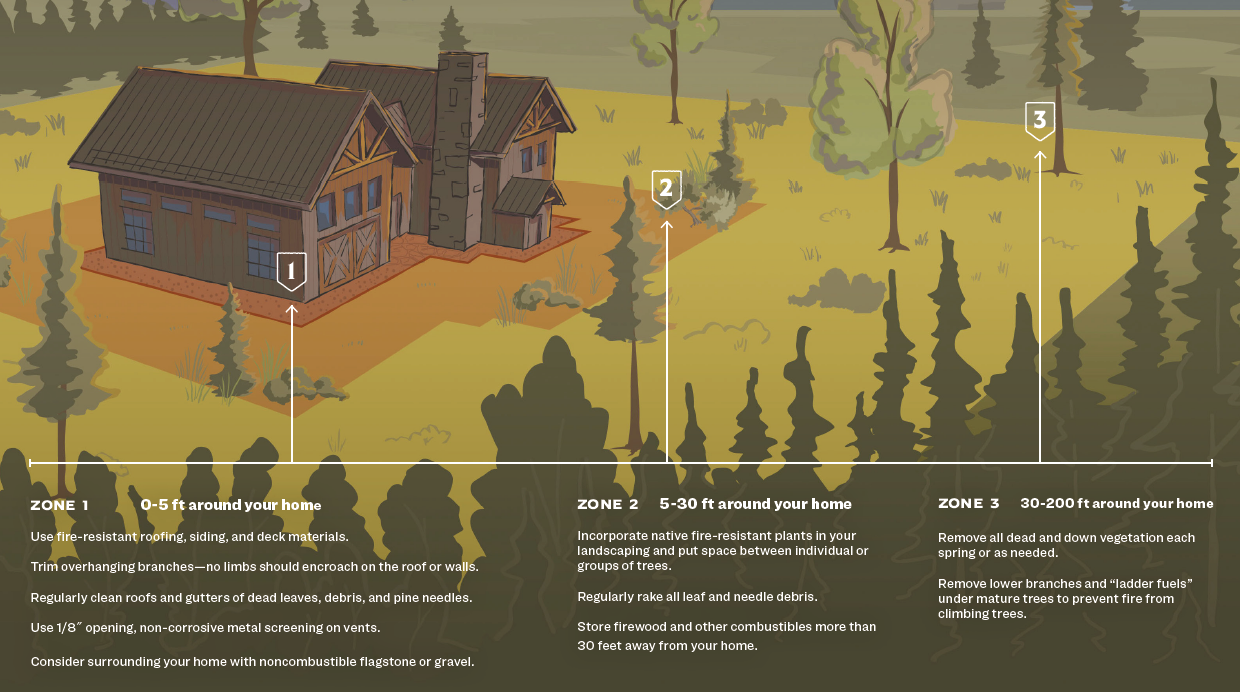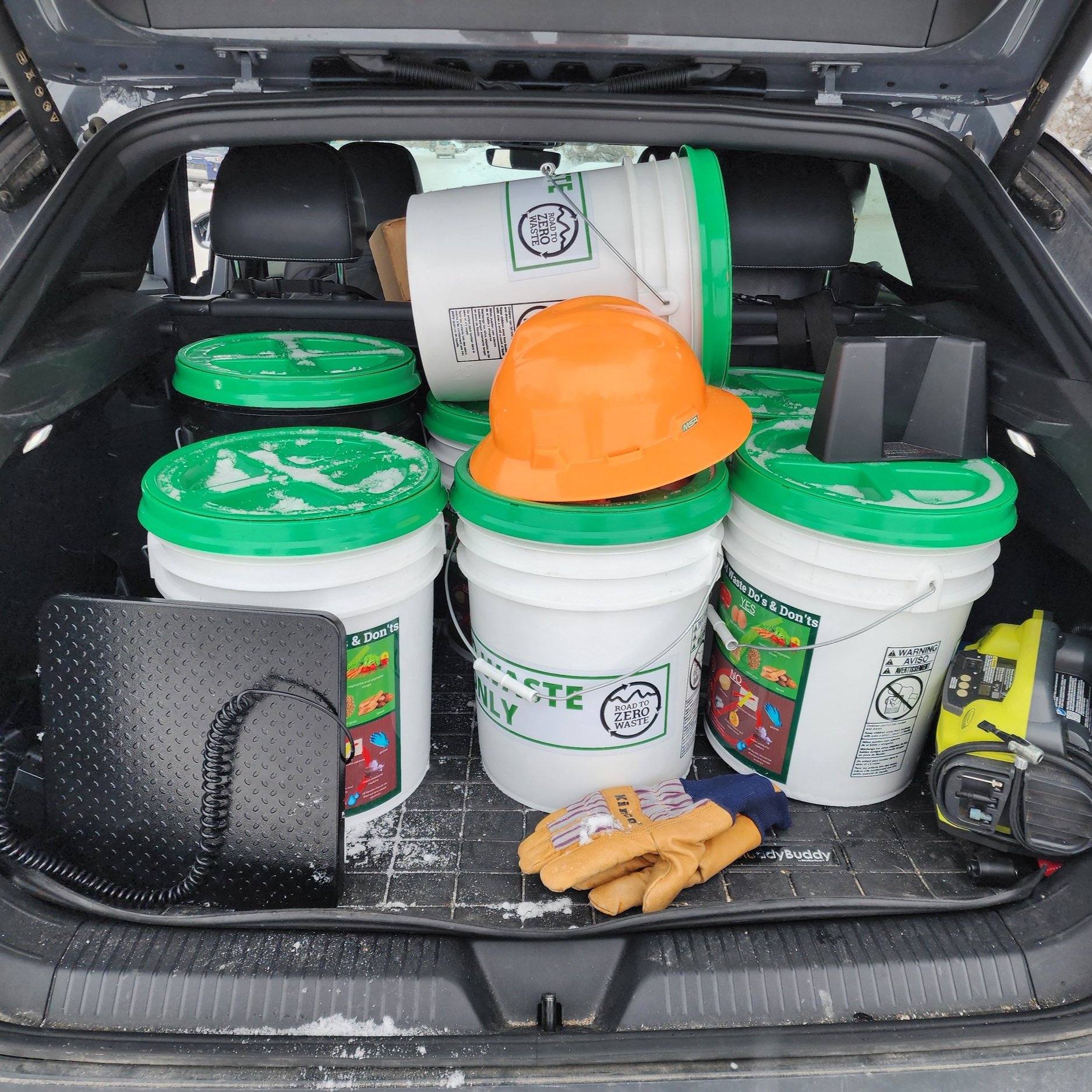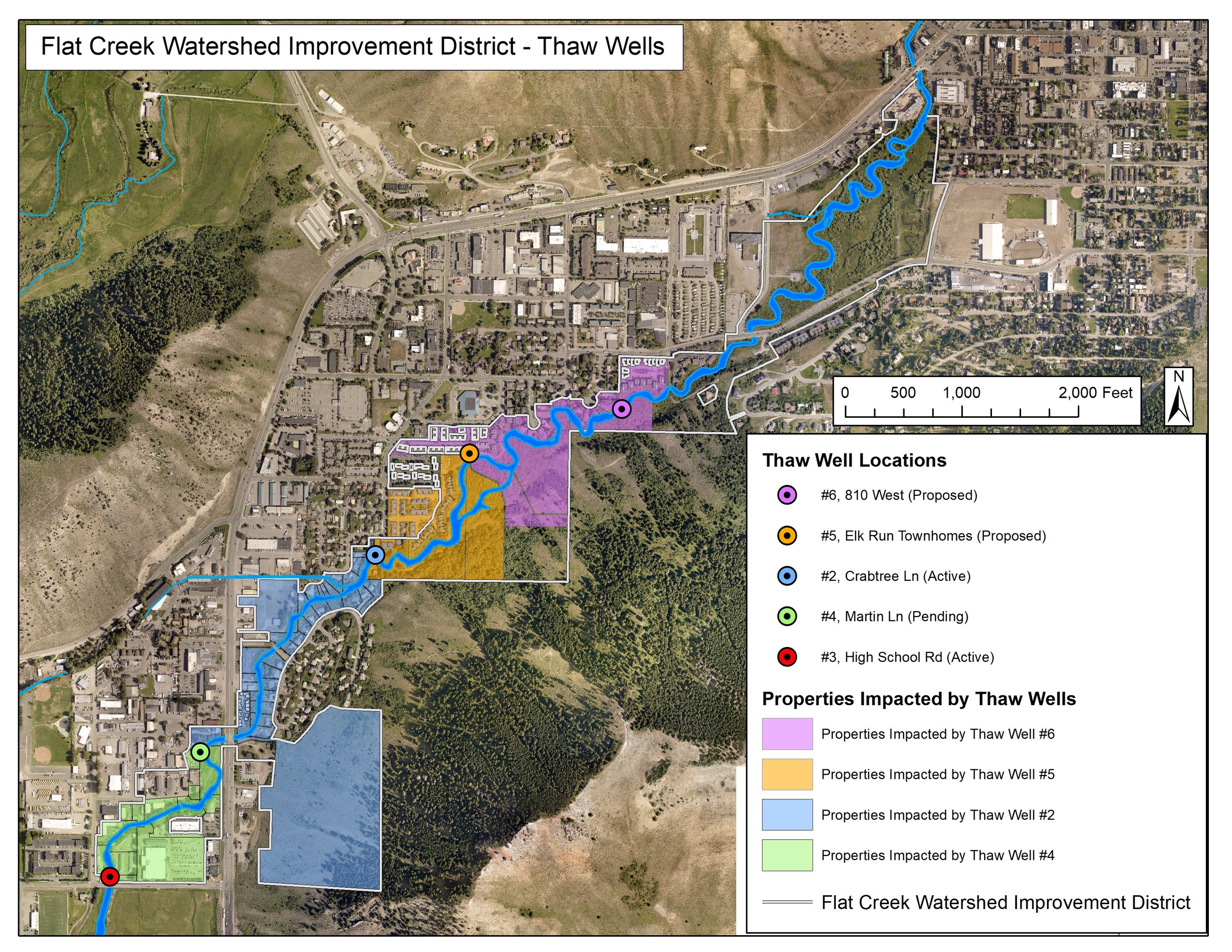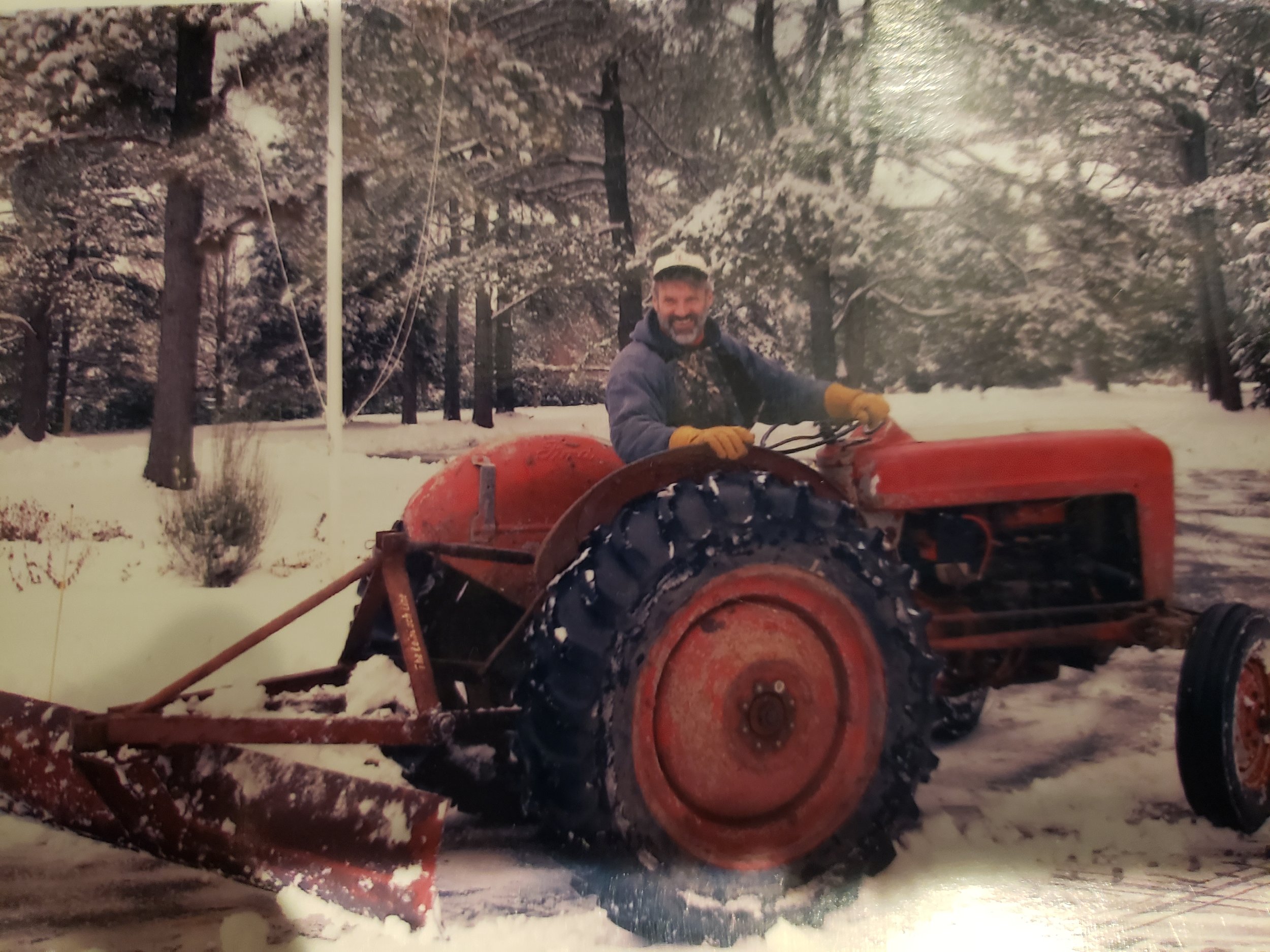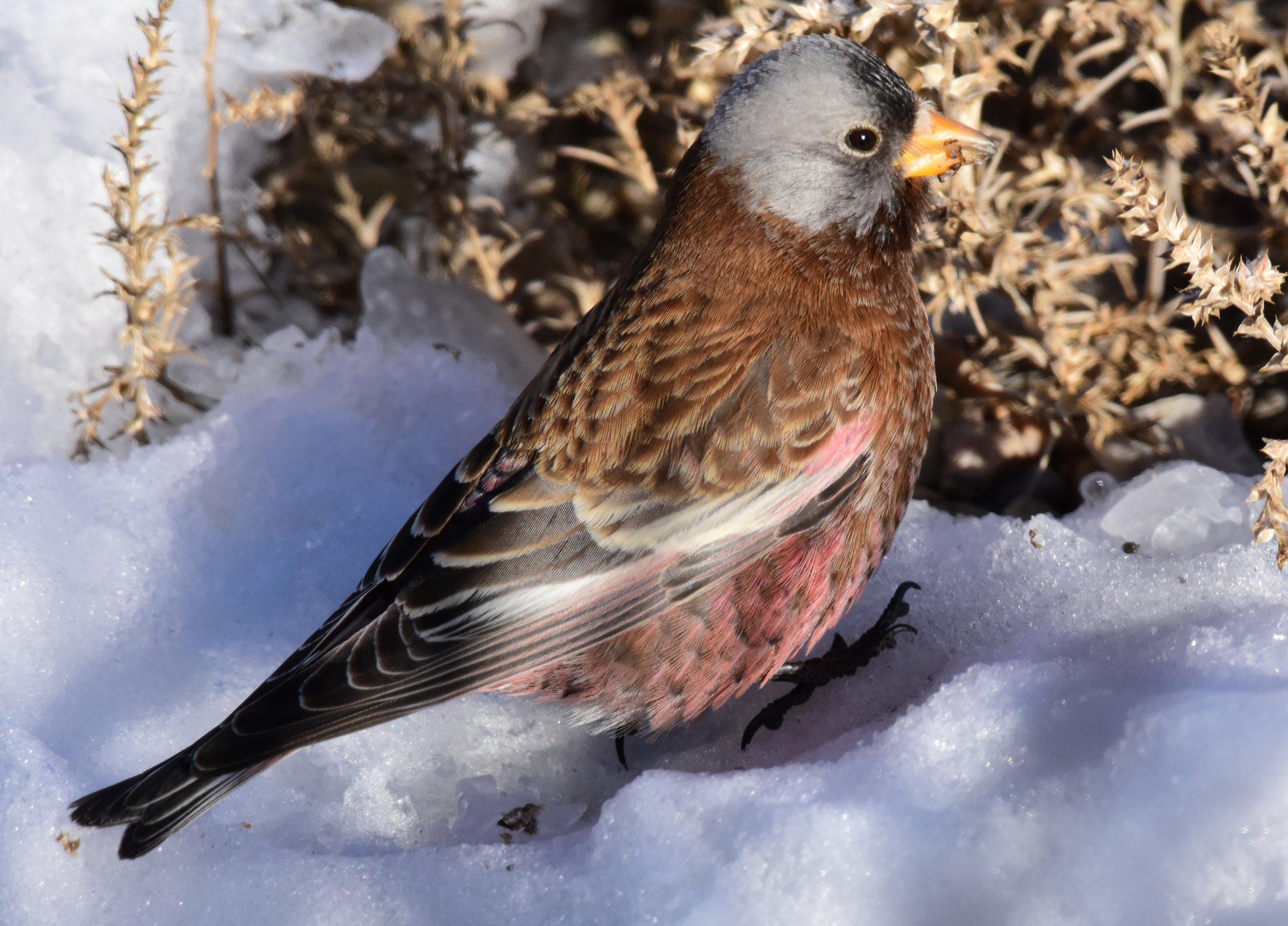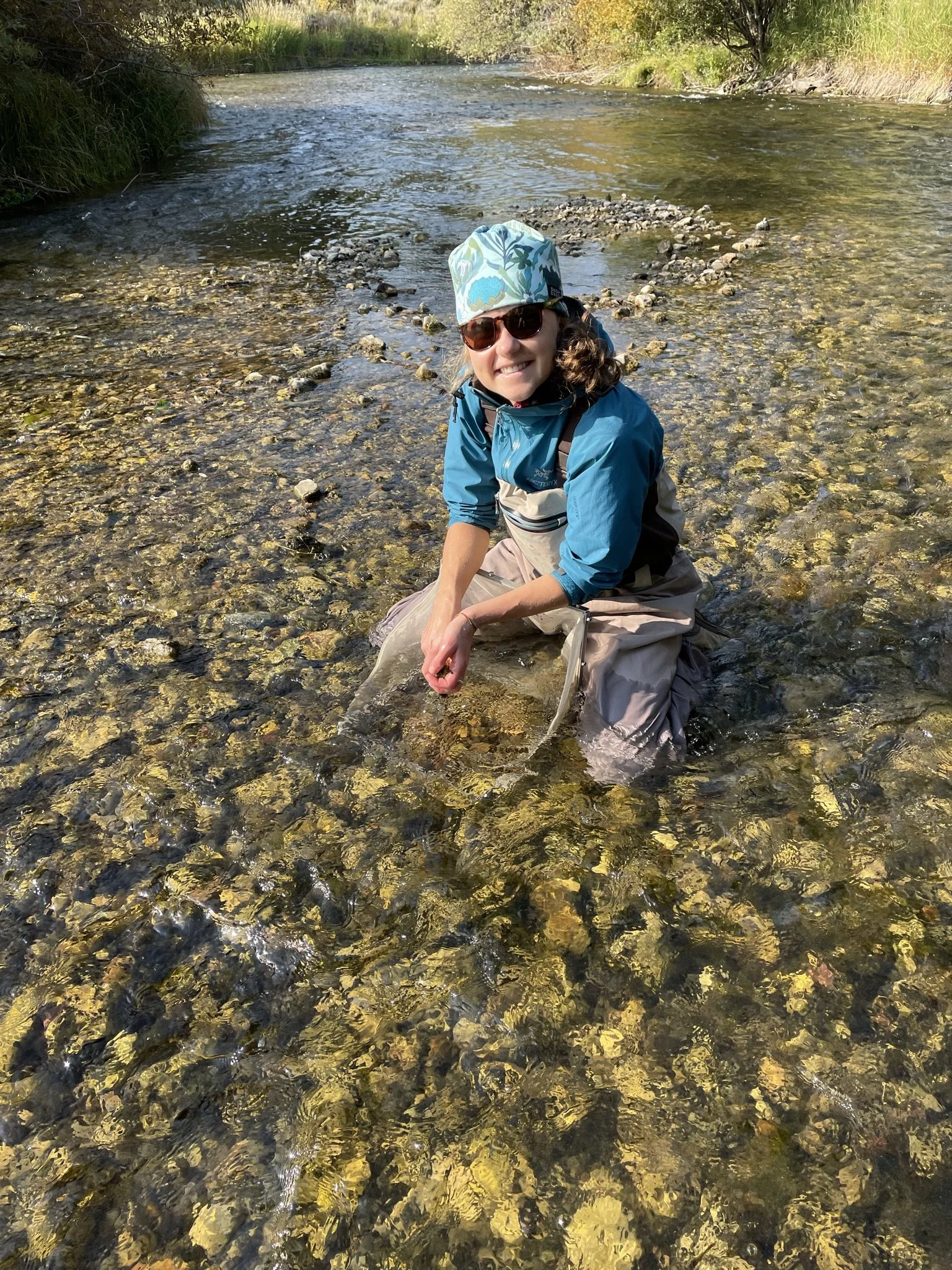Meet Cameran ‘Cam’ Bahnsen, one of our newest staff members here at Teton Conservation District!
Cam loves a good sunset at the beach.
As our Grants and Communications Specialist, Cam administers natural resource conservation grants, coordinates education and outreach efforts, and creates content that strengthens TCD’s connection with the community.
Prior to joining the District, Cam worked at Grand Teton National Park, where she focused on community engagement, Tribal relations, youth programs, and education. She also worked several seasons as an Interpretive Park Ranger at different visitor centers throughout the park. Most recently, she worked for the National Park Service’s Office of Native American Affairs in Washington, D.C. where she supported national Tribal-NPS efforts.
Cam is Assiniboine (Fort Peck, Montana) on her mom’s side and grew up in Ventura County, California. She earned a B.S. in Environmental Studies with a minor in Indigenous Studies from the University of California, Santa Barbara where she helped design and teach a new Environmental Studies course centered on Traditional Ecological Knowledge. When she’s not at work, Cam enjoys baking, backpacking, hiking, attempting to ski, and learning to fly fish. Want to learn more about Cam? Enjoy this Q&A with her!
Backpacking the Paintbrush - Cascade canyon loop.
What inspired you to pursue a career in conservation?
I was lucky to grow up in Southern California, surrounded by beautiful coastal ecosystems and a variety of amazing plant communities. Beyond that, I am Assiniboine (Fort Peck, Montana) on my mom’s side, and for us as Native people, the environment, lands, waters, plants, and animals are deeply intertwined with our culture and ways of life. Tribes have been taking care of and stewarding diverse landscapes and waterscapes for thousands of years. If I can help protect our ecosystems, then I feel like I am also helping my community.
Did you know that Cam caught the biggest fish on record, ever?
What’s your favorite season and why?
Summer, without a doubt. I love adventuring in the sunshine, surrounded by vibrant greenery and wildflowers in full bloom. It’s also a bonus when the lakes are finally warm enough to swim in. One of my favorite summer activities is hiking to Hurricane Pass in Grand Teton National Park during wildflower season, it’s like walking through a rainbow.
Cross-country skiing near Teton Village.
Do you have a favorite native flora or fauna?
Bison! They’re such important animals, both ecologically and culturally. It’s fun to see the red dogs come out in the Spring.
What was your first job in conservation (or related field)?
In 2019, I worked as an ‘Every Kid Outdoors’ intern for the National Park Service at the Santa Monica Mountains National Recreation Area. I led field trips for fourth graders from Title 1 schools in Los Angeles and Ventura County, CA. I loved being around the students and their curiosity really inspired me.
Cam and her mom, Dani, in Morro Bay, CA.
What’s your favorite local spot to grab a meal after a day outside?
I love to grab pizza from Dornans after a day in the park. Nothing beats those views. It’s also my go-to place to bring friends and family who are visiting from out of town.
Who’s your biggest inspiration — in work, life, or both?
My mom, Dani, is my biggest inspiration in life. I’ve always admired her strength and kindness, and she keeps things in perspective. I hope to be like her one day.
If TCD had an Olympic team, what sport would be your specialty?
I’m gonna go with a summer Olympic sport and pick basketball. It’s one of my favorite sports - I played for 15 years and a little bit in college before some knee injuries. I think a TCD basketball team would absolutely crush – we’ve got the height!
Cam and friend frolicking.
